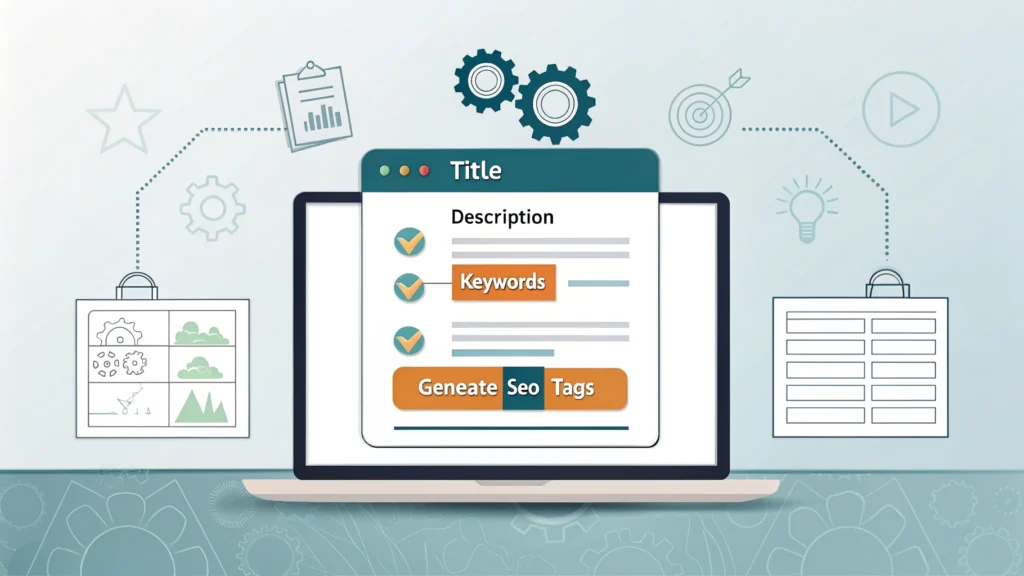Introduction
In today’s digital landscape, website performance is crucial for user satisfaction and SEO. A slow website can deter users and hurt your search engine rankings. Conducting a website performance audit helps you identify issues and optimize your site’s speed and efficiency. In this article, we will explore the best tools to audit your website performance, ensuring you can deliver a seamless experience to your visitors.
Why Audit Your Website Performance?
Auditing your website performance is essential for several reasons:
- User Experience: Fast-loading websites lead to better user engagement.
- SEO Benefits: Search engines favor websites that load quickly and function well.
- Optimization Opportunities: Audits reveal areas where you can improve performance, like code optimization and image compression.
Step-by-Step Guide to Auditing Your Website Performance
Step 1: Choose the Right Tools
Select appropriate tools to analyze various aspects of your website. Here are our top picks:
- Meta Tag Generator: Helps you create optimized meta tags for better SEO.
- PageSpeed Insights: Analyzes your website’s performance and provides suggestions for improvement.
- GTmetrix: Offers detailed reports on site speed and gives performance scores.
- CSS Minifier: Optimizes your CSS files to improve loading speed.
- JS Minifier: Reduces the size of your JavaScript files.
- HTML Minifier: Compresses your HTML files for faster loading.
Step 2: Analyze Load Times
Use tools like PageSpeed Insights and GTmetrix to analyze load times. These tools will give you insights into:
- Time to First Byte (TTFB)
- Fully Loaded Time
- Page Size
- Requests Count
Step 3: Evaluate Your Website’s Elements
Look at various elements that contribute to your site’s performance, such as:
- Image Optimization: Ensure images are the right size and format. Tools like JPG to WebP Converter and PNG to WebP Converter can help.
- Code Quality: Use minifiers for CSS, JS, and HTML to streamline your code.
- Responsive Design: Check how your website performs on different devices. Use a tool like Responsive Simulator.
Step 4: Implement Best Practices
After gathering insights from your analysis, implement the following best practices:
- Optimize images using the JPG to WebP Converter.
- Minify your CSS, JS, and HTML files using the CSS Minifier, JS Minifier, and HTML Minifier.
- Use the Meta Tag Generator to create SEO-friendly meta tags.
Step 5: Monitor Performance Regularly
Performance auditing is not a one-time task. Set up regular audits to continually optimize your website. Use tools that provide ongoing monitoring and alerts.
FAQs
What is a website performance audit?
A website performance audit is an evaluation of your site’s speed, efficiency, and overall user experience, identifying areas for improvement.
How often should I audit my website?
It’s recommended to audit your website at least once every few months or whenever you make significant changes to your site.
Can I perform a website audit without tools?
While you can do a basic evaluation, using tools provides more accurate insights and actionable recommendations for improvement.
Conclusion
Regularly auditing your website performance is crucial for maintaining a user-friendly and SEO-optimized site. By utilizing the right tools, like those available at WebToolsLab, you can ensure that your website performs at its best. Follow the steps outlined above to enhance your website’s speed and overall performance, leading to better user experiences and improved SEO rankings.
